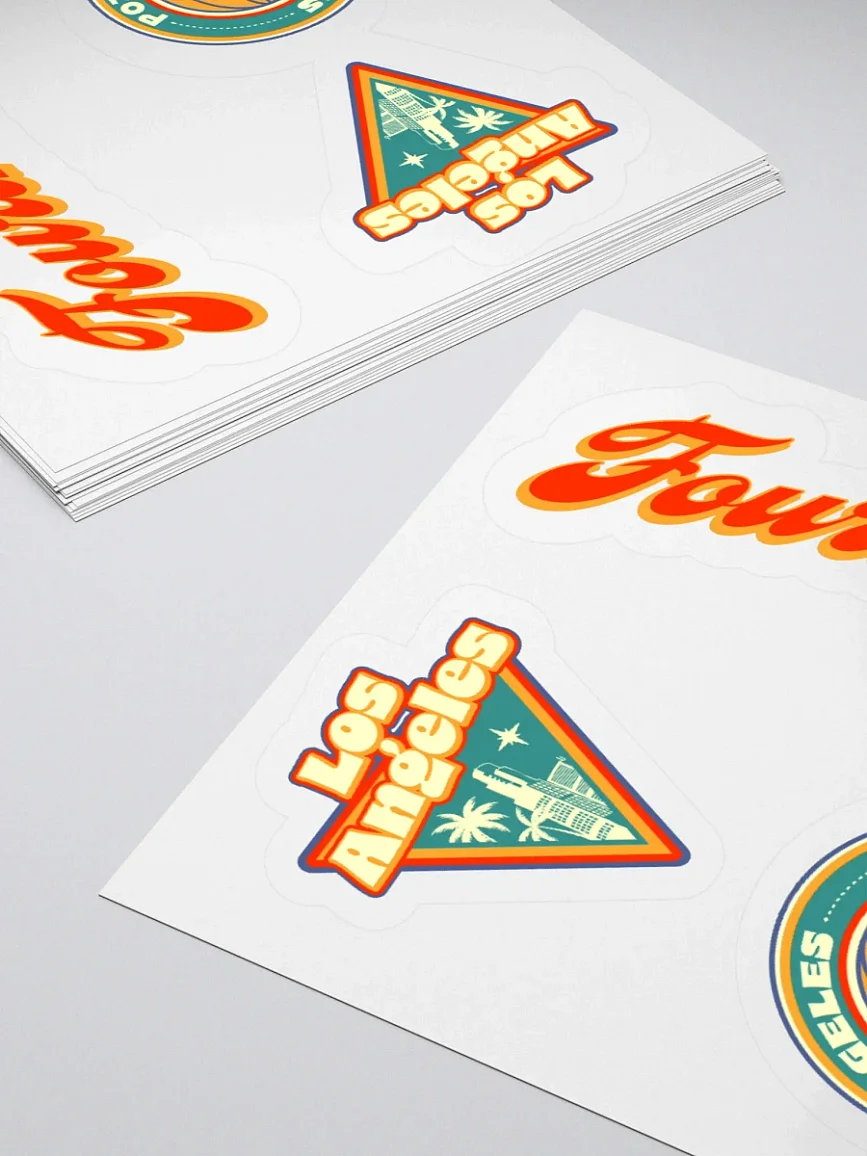YouTube Monetization: 10 Ways to Monetize Your Videos

YouTube monetization is a creator's dream as it can provide a significant source of income, open up varied opportunities for growth, and increase overall audience engagement. With monetization comes a vast number of possibilities for content creators to generate long-term income through avenues like ads and brand deals. It's essential to recognize that despite the vast number of options available, it can be challenging to create a sustainable source of long-term income. In this article, we'll talk about what YouTube monetization is and different ways to start monetizing your content
What is YouTube Monetization?
YouTube monetization is the process of earning money from your content on YouTube. It primarily involves two monetization methods: fan funding and video advertising. Fan funding involves your viewers donating money to support your channel, while video advertising enables you to earn money based on ad impressions and clicks.
YouTube Monetization Requirements
For users to make money through fan funding, you have to have at least 500 subscribers to your YouTube account. For video advertising, a minimum of 1,000 subscribers and 4,000 hours of watch time within the last 12 months is required. Additionally, content must comply with YouTube's policies, including copyright, community guidelines, and others.
How to Join the YouTube Partner Program
Joining the YouTube Partner Program (YPP) is a simple process wherein users can monetize their content. Creators also receive a range of additional tools within YouTube Studio that can help them engage their audience and grow their channel. To opt-in, meet the minimum requirements, have an AdSense account, and agree to YPP terms and conditions. Once you're a member of the program, your videos can be monetized through advertising and fan funding.
How to Enable Monetization on YouTube
Enabling ads on YouTube is a simple process. Creators can set it up and start earning revenue from their videos within a few minutes. To activate monetization on your channel, follow these steps:
- Go to YouTube Studio and click on "Monetization" from the left-hand menu.
- Read and agree to the YouTube Partner Program terms and conditions.
- Connect your AdSense account.
- Set monetization preferences, including ad formats and placements.
- Wait for YouTube to review your application and enable monetization.
What to Do If the YouTube Partner Program Rejects You?
If the YouTube Partner Program rejects your application, you can re-apply after 30 days. Before making your application again, review your content and address all issues.
10 Ways to Monetize Your YouTube Videos
Here are a few proven ways to monetize your YouTube videos.
- Affiliate Marketing: Affiliate marketing is a revenue sharing approach where the user earns a commission for every sale they generate through tracking links. Create and promote products and services in your videos and earn a commission on sales.
- Sponsorships: Collaborate with the brands to create sponsored content for your audience. In this approach, the creator works with a brand to create promotional content, aiming to promote the brand and add value to their audience. Management of brand deals is crucial to ensure a creator's authenticity is retained amongst the audience.
- YouTube Shorts: Short-form vertical videos to increase your reach and earn money based on views. YouTube Shorts is a relatively new feature where users can create short 15-second videos and monetize them. With its TikTok-esque algorithms, Shorts provides YouTubers with an opportunity to build their audience and potentially earn revenue.
- Channel Membership: Channels with membership enabled can offer exclusive content and perks to members who pay a monthly fee. Memberships provide content creators with a recurring revenue stream and enable them to build a fan base that feels invested in their community.
- Merchandise: Among all monetization strategies, merchandise has been prevalent in the creator community. Creators can sell branded merchandise, such as t-shirts, mugs, phone cases, or other niche-specific products, to their audiences.
- Fan Funding: Fan funding or crowdfunding can allow viewers to donate money to your channel as a way to support your content. It is an effective revenue stream for creators, and platforms like Patreon and Ko-Fi have gained popularity in recent years.
- Super Chat and Super Stickers: Super Chat and Super Stickers enable viewers to highlight their messages and support creators during live streams. Creators can monetize their live streams with the help of these features.
- Collaborations: Partner with other creators and businesses to create sponsored content and increase overall reach. Collaborations enable creators to tap into audiences of other channels and expose them to their content.
- Crowdfunding: Crowdfunding is another way for creators to finance their work by asking their audiences to contribute through platforms like Fourthwall or Patreon. Asking for donations can provide creators with the ability to work on projects that would not have been possible otherwise.
- Selling Digital Content: Selling digital products like e-books, courses, or music to your viewers. Digital products enable creators to monetize their knowledge and skills and create more revenue streams.
Take the Next Step with Fourthwall!
Fourthwall is a unique, creator-focused e-commerce platform that enables content creators such as YouTubers, Twitch streamers, podcasters, artists, and others, to launch a website, source and sell products and offer memberships to their supporters. With Fourthwall, you can design a membership site or sell customized merchandise to build recurring revenue streams and engage with your community.
















